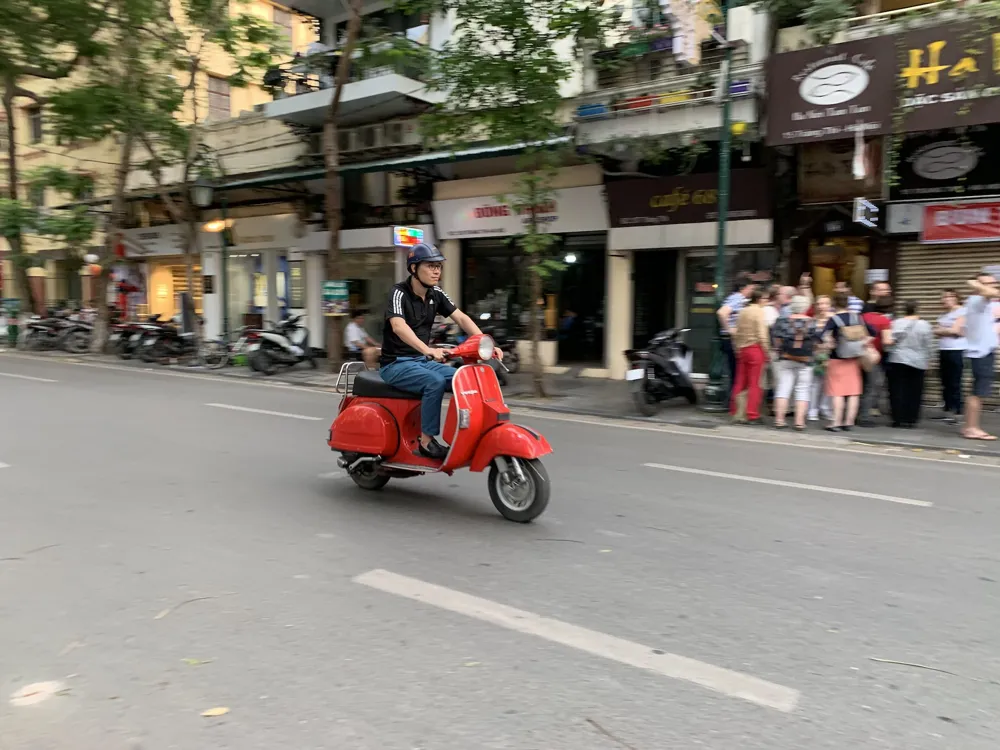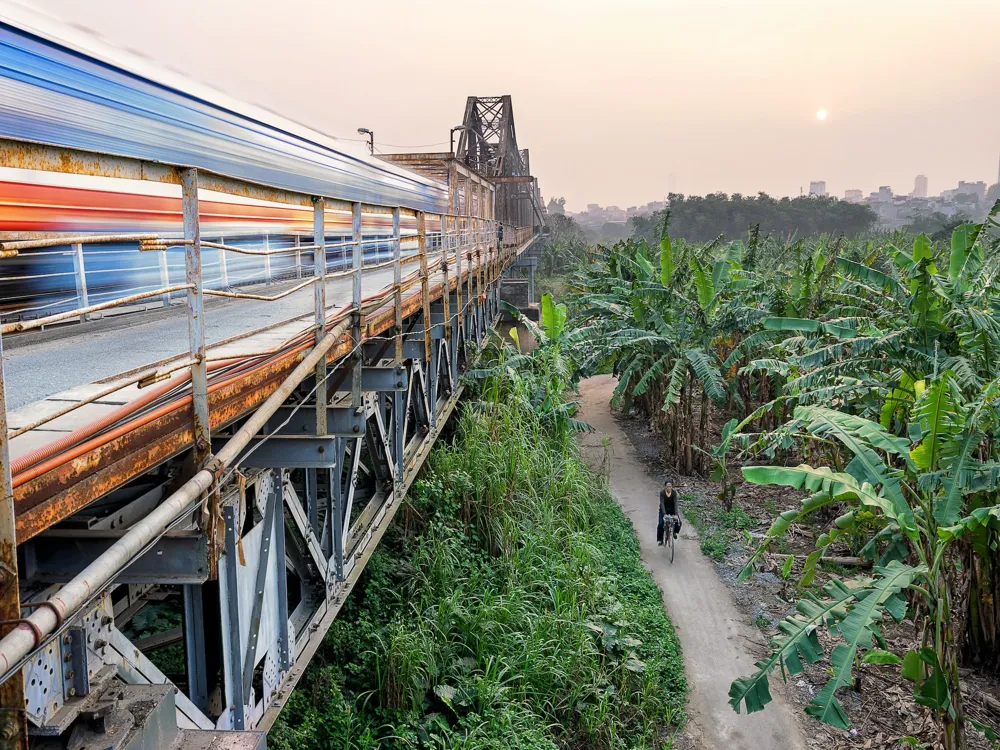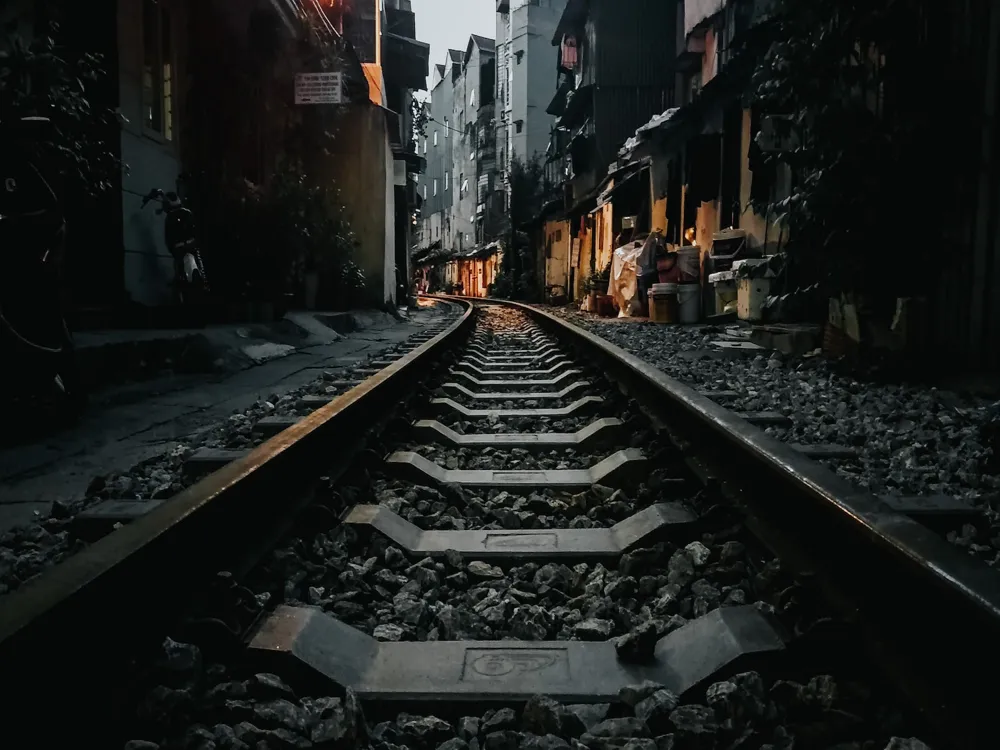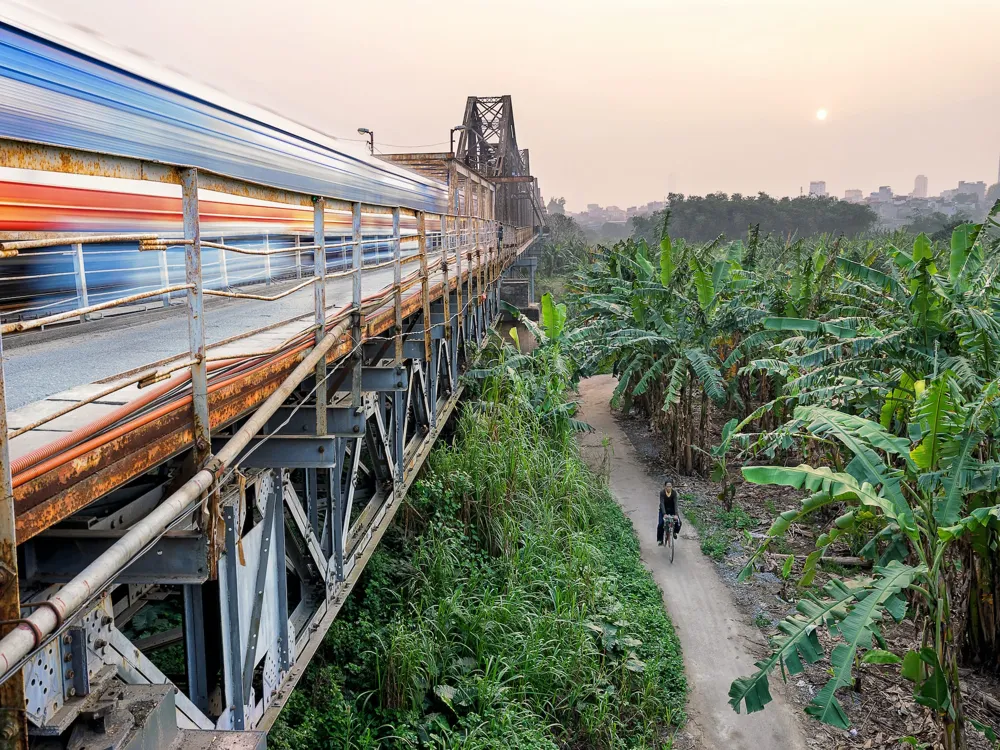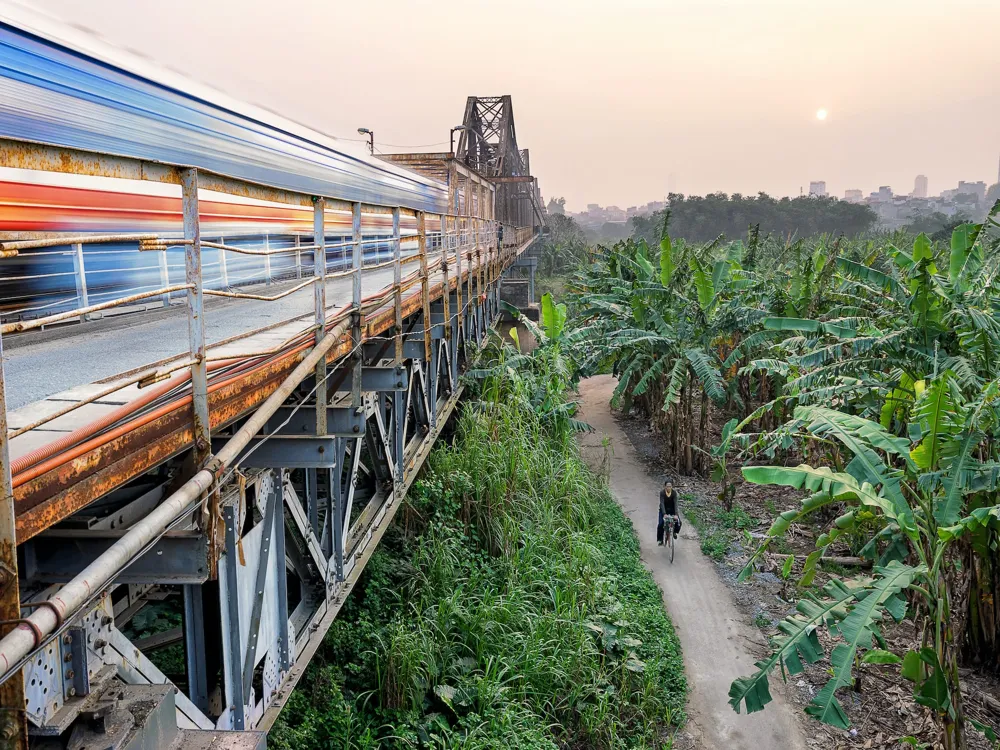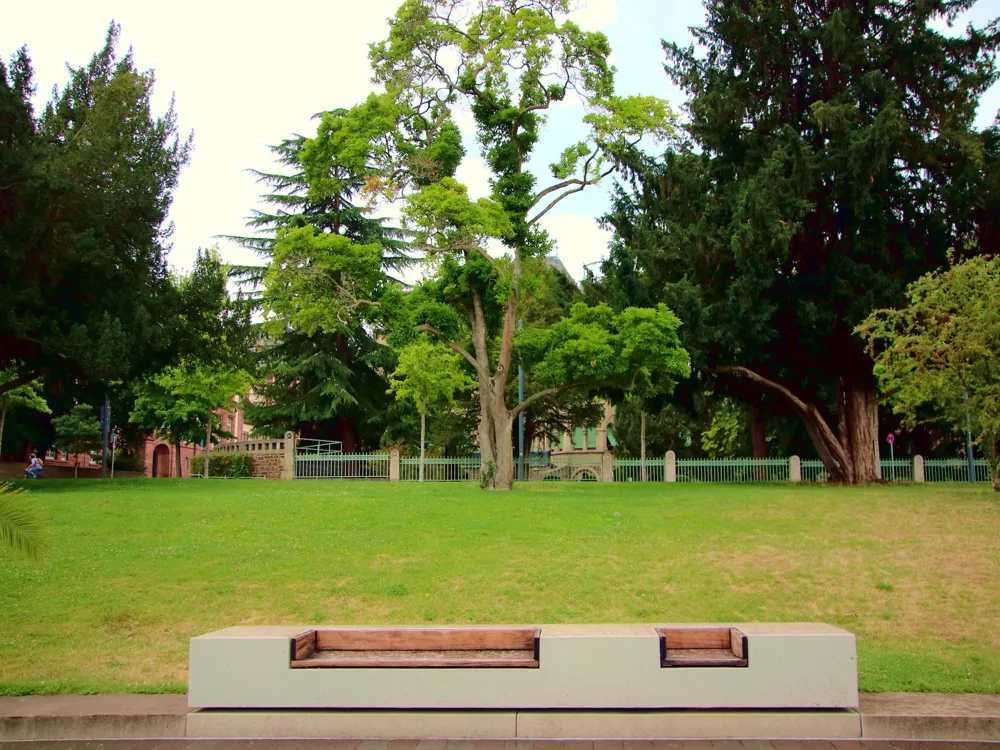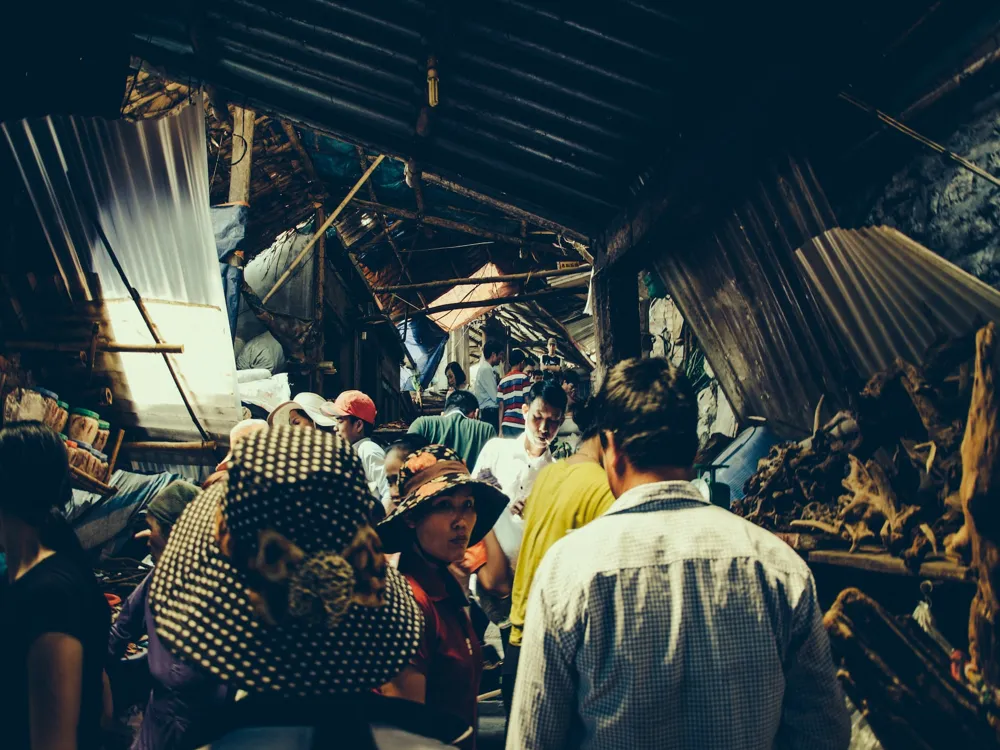Welcome to Hanoi, the heart of Vietnam, where history, culture, and modernity blend seamlessly. As the capital city, Hanoi stands as a testament to Vietnam's resilience and beauty. It's a city where the past lives in harmony with the present, offering visitors a rich tapestry of experiences. From its bustling streets to serene lakes, Hanoi is a city of contrasts that never fails to enchant its visitors. Hanoi's history is a captivating tale that dates back over a thousand years. Originally named Thang Long, meaning 'Ascending Dragon,' it has been the epicenter of Vietnamese culture and politics for centuries. The city has witnessed numerous historical events, including invasions, wars, and colonialism, each leaving an indelible mark on its character. Today, Hanoi stands as a symbol of Vietnamese endurance and pride, with its historical legacy evident in every corner. The French colonial era has left a significant impact on Hanoi's architecture and urban layout. The blend of French colonial architecture with traditional Vietnamese elements gives Hanoi its unique character. In recent years, Hanoi has embraced modernity, with skyscrapers and contemporary buildings rising alongside historic structures, reflecting Vietnam's rapid economic growth and its aspirations for the future. Hanoi is not just a place; it's a feeling. The city's soul lies in its vibrant culture and the warmth of its people. From traditional puppet shows to the bustling markets, every aspect of Hanoi tells a story of a culture that has thrived and evolved over centuries. The city is a melting pot of traditions and modern influences, creating a dynamic and lively atmosphere that's uniquely Hanoian. Hanoi's architecture is a reflection of its rich history and cultural diversity. The city's landscape is a mosaic of architectural styles, ranging from ancient temples and pagodas to French colonial villas and modern skyscrapers. This architectural diversity not only showcases Hanoi's historical layers but also its ability to evolve and adapt through time. Hanoi's ancient architecture is deeply rooted in its religious and cultural heritage. The city is home to some of the oldest temples and pagodas in Vietnam, each telling a story of the past. The Temple of Literature, dedicated to Confucius, is a prime example of traditional Vietnamese architecture and a symbol of the country's educational heritage. The French colonial period introduced a new architectural style to Hanoi. This era saw the construction of grand boulevards and elegant buildings that combined French architectural elements with traditional Vietnamese designs. The Hanoi Opera House and the St. Joseph's Cathedral are iconic examples of this fusion, showcasing the elegance and sophistication of the French colonial era. In recent years, Hanoi has seen a surge in contemporary architecture. The city's skyline is now dotted with modern skyscrapers and innovative buildings that represent Vietnam's aspirations and forward-thinking mindset. These structures, while modern in design, often incorporate traditional Vietnamese elements, creating a unique architectural language that is distinctly Hanoian. The ideal time to visit Hanoi is during the spring (February to April) and autumn (October to December) months. During these periods, the weather is pleasant, with milder temperatures and less rainfall, making it perfect for exploring the city. Hanoi's charm lies in its bustling streets and narrow alleys. While exploring on foot is the best way to experience the city, visitors can also use taxis, motorbike taxis, or the recently introduced metro system for longer distances. Hanoi is a food lover's paradise. Don't miss trying the famous Pho, Bun Cha, and other street foods. The city's culinary scene offers a blend of flavors that are sure to tantalize your taste buds. Reaching Hanoi is convenient and accessible from various parts of the world. The city's international airport, Noi Bai International Airport, is well-connected and serves as a gateway to this fascinating city. Additionally, for those already in Vietnam, Hanoi is well-linked through rail and road networks, making travel within the country seamless and enjoyable.Discover the Charm of Hanoi: A Comprehensive Overview
The Rich History of Hanoi
Colonial Influence and Modern Development
Cultural and Social Fabric of Hanoi
Exploring the Architectural Wonders of Hanoi
Ancient and Religious Architecture
French Colonial Era: A Blend of East and West
Contemporary Architecture: A Glimpse into the Future
Essential Tips for an Unforgettable Visit to Hanoi
Best Time to Visit
Navigating the City
Local Cuisine
Traveling to Hanoi: Your Journey Begins Here
Ba Dinh Square
Hanoi
₹ 15,260 onwards
View hanoi Packages
Weather :
Tags : Shopping
Timings : 5:00 AM - 10:00 PM
Time Required : 1 hour
Entry Fee : No entry fee
Planning a Trip? Ask Your Question
Hanoi Travel Packages
View All Packages For Hanoi
Top Hotel Collections for Hanoi

Private Pool

Luxury Hotels

5-Star Hotels

Pet Friendly
Top Hotels Near Hanoi
Other Top Ranking Places In Hanoi
View All Places To Visit In hanoi
View hanoi Packages
Weather :
Tags : Shopping
Timings : 5:00 AM - 10:00 PM
Time Required : 1 hour
Entry Fee : No entry fee
Planning a Trip? Ask Your Question
Hanoi Travel Packages
View All Packages For Hanoi
Top Hotel Collections for Hanoi

Private Pool

Luxury Hotels

5-Star Hotels

Pet Friendly







